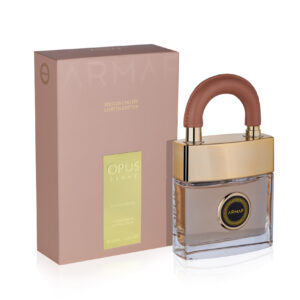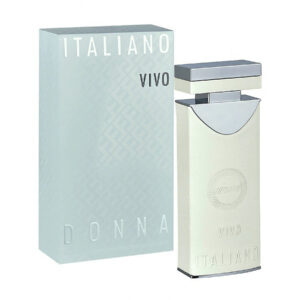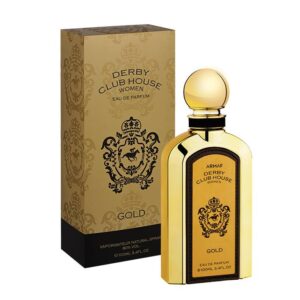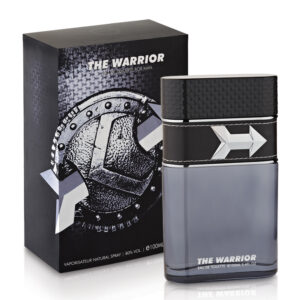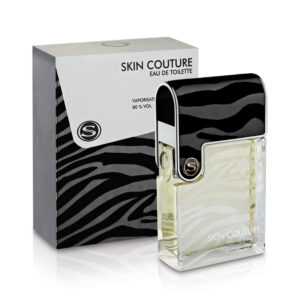
How to Choose the Right Perfume: A Comprehensive Guide
Estimated reading time: 10 minutes
Key Takeaways
- *Understand the different fragrance families such as floral, woody, oriental, and fresh.*
- *Test perfumes on your skin to discover how they interact with your natural chemistry.*
- *Consider personality, lifestyle, and occasion when selecting a perfume.*
- *Explore fragrance layering to create a unique scent profile.*
- *Compare Eau de Parfum and Eau de Toilette to suit your needs.*
Table of Contents
Understanding Your Fragrance Preferences
Fragrance Families
Perfumes are categorized into fragrance families such as floral, woody, oriental, and fresh. Each family embodies unique characteristics:
- Floral: Romantic and often feminine; think of roses and jasmine.
- Woody: Sophisticated and grounded; featuring sandalwood and cedar.
- Oriental: Exotic and bold; with notes of amber and spices.
- Fresh: Light and clean; encompassing citrus and aqua scents.
These distinctions help tailor your scent to your personality and preferences. For more details, visit Source.
Factors to Consider
- Personality: Bold individuals might be drawn to deep, complex oriental scents while minimalists often lean towards light, fresh fragrances. Check out Source and Source.
- Lifestyle: A dynamic lifestyle may favor vibrant, citrusy notes, whereas formal settings often pair well with refined, woody scents. Read more at Source and Source.
- Occasion: Lighter fragrances are ideal for daytime events, while deeper scents suit evenings or special occasions. Learn more from Source and Source.
- For more insights on choosing perfumes for various events, check out our blog Best Perfumes for Different Occasions.
How to Pick the Perfect Perfume
Testing Perfumes
Applying perfume directly to your skin is crucial as each person’s chemistry can alter the scent. Apply it to pulse points and allow several hours for the fragrance to develop. Discover more at Source.
Looking to compare expert recommendations? See our guide on Best Perfumes for Different Occasions.
Environment and Season
Consider the setting and climate: lighter scents for warmer weather and richer, more robust fragrances for cooler seasons or formal occasions. More info can be found at Source.
Sampling
Experiment with fragrance sample kits in a relaxed setting to find a scent that truly suits you. For additional tips, visit Source.
How to Choose a Perfume That Suits You
Reflect on Your Preferences
Consider your everyday scent experiences. A love for fresh-cut flowers might suggest an affinity for light, floral notes. Learn more at Source.
For additional tips tailored to various occasions, explore our recommendations at Best Perfumes for Different Occasions.
Experiment with Notes
Dive into the world of top, middle, and base notes to see how your fragrance evolves over time. Detailed insights can be found at Source.
Trust Your Instincts
Choose a perfume that evokes positive emotions and boosts your confidence. For more guidance, refer to Source.
How to Find Your Signature Scent
Defining a Signature Scent
A signature scent becomes a memorable personal identifier that reflects your style. For further reading, visit Source.
Tips to Discover “The One”
- Emotional Connection: Choose scents that resonate with your feelings and daily moods.
- Longevity and Sillage: Opt for perfumes that last and leave a gentle trail. More details at Source.
Embrace the process of trial and error—resample perfumes until you find your perfect match.
Comparing Fragrance Concentrates: Eau de Parfum vs. Eau de Toilette
| Type | Concentration | Longevity | Best For |
|---|---|---|---|
| Eau de Parfum | ~15-20% | Long-lasting (6-8 hrs) | Formal settings/special events |
| Eau de Toilette | ~5-15% | Moderate (4-6 hrs) | Everyday wear or casual outings |
Both EDP and EDT have their merits, depending on the desired intensity, longevity, and occasion. For more details, refer to Source.
Explore our detailed recommendations for events in Best Perfumes for Different Occasions.
Exploring Fragrance Layering
What is Fragrance Layering?
Fragrance layering involves combining multiple scents to craft a unique aromatic profile that increases complexity and longevity. More details at Source.
Tips for Layering
- Pairing Scents: Start with lighter notes and gradually build with complementary heavier scents.
- Subtle Tests: Experiment with small amounts to avoid an overpowering blend. See more at Source.
Conclusion and Final Tips
Understanding your fragrance preferences, mastering testing techniques, and comparing EDP with EDT all pave the way to discovering your perfect scent. Embrace the journey of exploration—experiment, learn, and ultimately find the fragrance that mirrors your personality and lifestyle.
Take your time with selection. Share your stories and questions in the comments, and engage with our community for more aromatic insights. For further guidance on perfume selection, visit our blog Best Perfumes for Different Occasions.
Sources
Frequently Asked Questions
Q: How often should I switch my perfume?
A: Change your fragrance when it no longer reflects your personality, when seasons change, or when you’re in the mood for something new.
Q: How can I test a perfume effectively?
A: Apply it on your pulse points and allow several hours for the scent to evolve. This helps determine whether it suits your skin chemistry.
Q: Can I layer different perfumes?
A: Yes, layering is a creative way to develop a unique scent. Start with lighter fragrances and gradually add heavier notes to craft your blend.

